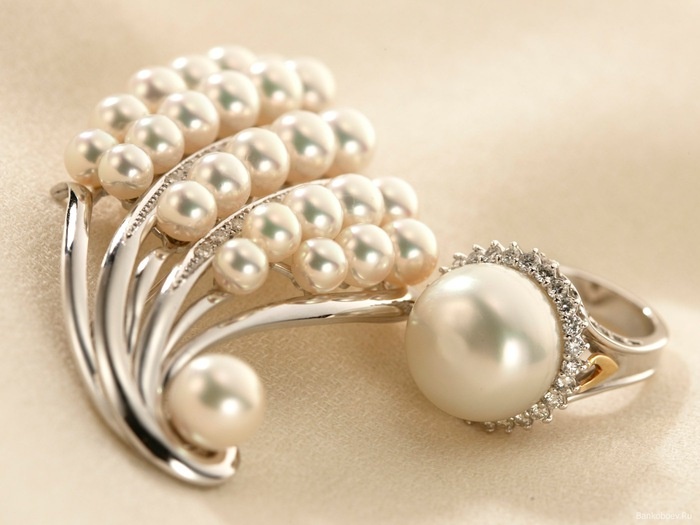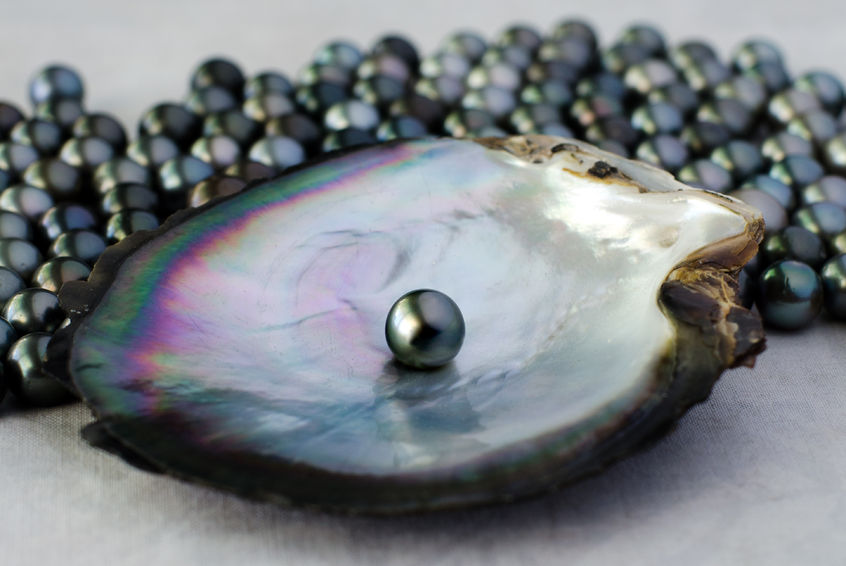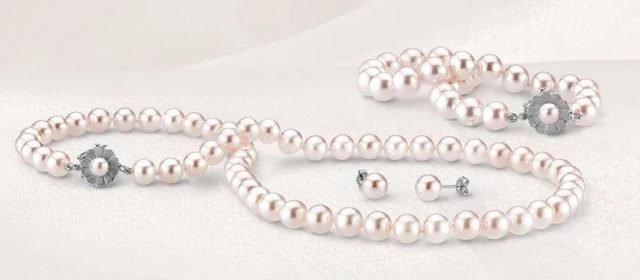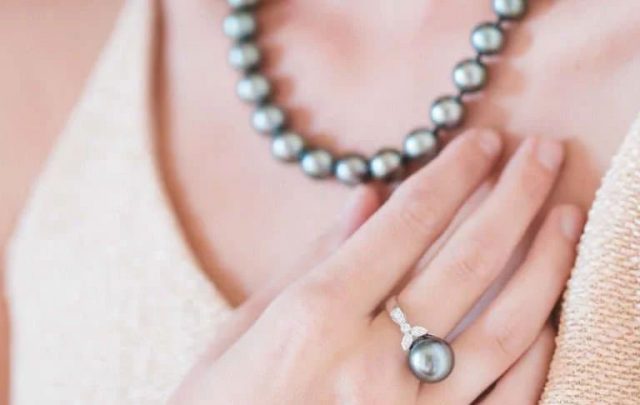How Much Are Pearls Worth? Get to Know Their Value


The value of a pearl can vary dramatically depending on many factors, such as pearl type, size, color, surface quality, and more. A wild pearl will be worth more than a cultured pearl. So, how much are pearls worth? To keep it short, on average, a pearl’s value ranges from $300 to $1500.

A real pearl’s value is determined using various factors. The most important factor is whether it’s a natural pearl or a cultured pearl:
After many, many years of diving for pearls, divers have made natural pearls so rare; some say they are close to becoming extinct. Therefore, they are hard to find on the ocean’s surface these days. Because of this rarity, natural pearls are generally much more expensive than cultured pearls.
There are 6 important factors that determine the overall value of a natural or cultured pearl: shape, size, color, surface, nacre quality and luster.
The most valuable and expensive pearls on the market today are the South Sea pearls, which naturally occur in shades of white and gold.
A classic strand of white pearls can range from $100 (mostly the Freshwater pearls variety) to over $10,000 (Akoya and South Sea pearls). Both the shape and the size of the pearls are highly important when it comes to the price of a necklace, which is why a very large South Sea pearl necklace could be valued at over $100,000.
For both cultured pearls and natural pearls, there are other factors that help determine the value of a gem. When trying to figure out how much pearls are worth, jewelers use various combinations of these factors:

So, how much are pearls worth? Well, no one factor can determine that. It takes a combination of multiple factors to determine the worth of a pearl.

Hanadama pearls are some of the most lustrous gems of the sea in the world. Ideal for special occasions or as anniversary gifts, these utterly radiant pearls master the look of glamorous, yet sophisticated chicness.
South Sea pearls are considered the most valuable. They are also the largest pearl variety on the market. A strand of South Sea pearls can range from $1,000 to over $100,000. Cultured White South Sea Pearls AND Golden South Sea Pearls are the largest gemstones on the cultured market, making them both rare and very valuable.
Tahitian pearls are exotic, with dark colors. Depending on their size and quality, a strand of Tahitian pearls can cost from $500 to more than $25,000. These magnificent beauties come in a variety of qualities and pearl sizes, as well as some of the most stunning pearl colors.
Akoya pearls are the classic round, white pearls. They were the first pearls ever to be farmed, and are a little bit smaller. A strand of Akoya pearls can cost from $300 to more than $10,000. Generally, these are the smallest type of cultured pearl on the market. They were the very first to be cultivated on a pearl farm.
Freshwater pearls come in a huge range of shapes and sizes and colors. Round freshwater pearls look almost identical to Akoya pearls but are less expensive, with a strand ranging from $50 to $2,000. They are versatile gemstones that are cultivated in freshwater, as opposed to sea or saltwater.
While some pearl types are certainly more valuable than others, the value of pearl jewelry also depends on the type of pearl jewelry. Pearl earrings typically feature only two pearls and hence are more inexpensive. Pearl necklaces, on the other hand, feature many more pearls, but the number of pearls can vary based on the necklace lengths. If your heart really desires ultra-premium Handama pearls, for example, but your budget doesn’t allow for a long rope, consider other Handama pieces such as earrings, chokers, and bracelets that use fewer pearls and are still extremely dazzling.
Pearls tend to hold their value fairly well. The highest quality pearls are quite durable, which is why vintage pearl jewelry continues to be worth a lot of money today. If you invest in pearl jewelry, you will be able to pass it along to future generations in your family, and it can be a beautiful and valuable heirloom piece.

While the prices of pearls can sometimes seem overwhelming, you do not need to spend tens of thousands of dollars to have a piece that you will treasure for decades. The Pearl Source provides pearls at many different price points. Shorter strands of pearls cost less than longer strands – even if they are the same quality.
This means you may be able to afford a beautiful, high-quality pearl choker even if a pearl rope is far out of your budget. You’ll find that your pearls are a great investment, no matter how much you spend on them.
When given the proper care, pearls can retain their value for a lifetime. The higher the quality, the more durable the gemstone. That means when you buy pearls, you’re investing in jewelry that can become family heirlooms for you to pass down to younger generations.
Start off with simple pieces, then work your way up to more expensive pearl jewelry, such as pearl statement pieces, pearl cocktail rings, and bold pearl necklaces. It’s a lifelong investment you won’t regret.

Freshwater pearls feature exceptional quality at consumer-friendly price points. Whether you’re looking for an elegant piece of jewelry to wear every day around town OR need something for a special occasion where you want to look your best, freshwater pearl jewelry is a great choice that won’t put a deep hole in your wallet.
Signup now and receive an email once I publish new content.